Have you seen a brand-new-right-out-of-a-factory guitar? If yes, you must have noticed that most of them are clean, without any patterns and any jazz.
Then why do guitars that were owned by American legends Prince and Elvis Presley so blinged out? That's because of Guitar Binding. Let’s find out about it.
What Is Guitar Binding
Bindings are decoration strips of plastic, wood, nitrocellulose, or other material added to the edges of the guitar’s back and top, where they join the sides. Binding is also sometimes added to the edge of the fingerboard and headstock.
![All the Parts of Guitar Explained [With Diagram]](https://enthu.com/blog/media/ZPh6ReASD2ezfDmB.jpg)
It is necessary to protect your guitar from chipping, moisture, nicks, and splitting as the guitar gets old. Guitar binding is fantastic for protection and look, but it is not required to achieve the perfect sound. Many factory guitars don’t have binding out of the box because it takes time and is a delicate process.
But why should you add them to your instrument if they aren’t necessary? Keep reading, and you will find out.
5 Benefits Of Adding A Binding To Your Guitar
1. Retain their Resale Value Guitars
With bound bodies and necks typically have a higher resale value because only more expensive models come with binding.
How it helps
It is a time-consuming and delicate process
It makes your guitar look pretty
It is excellent for protecting your guitar from hits
2. Aesthetics
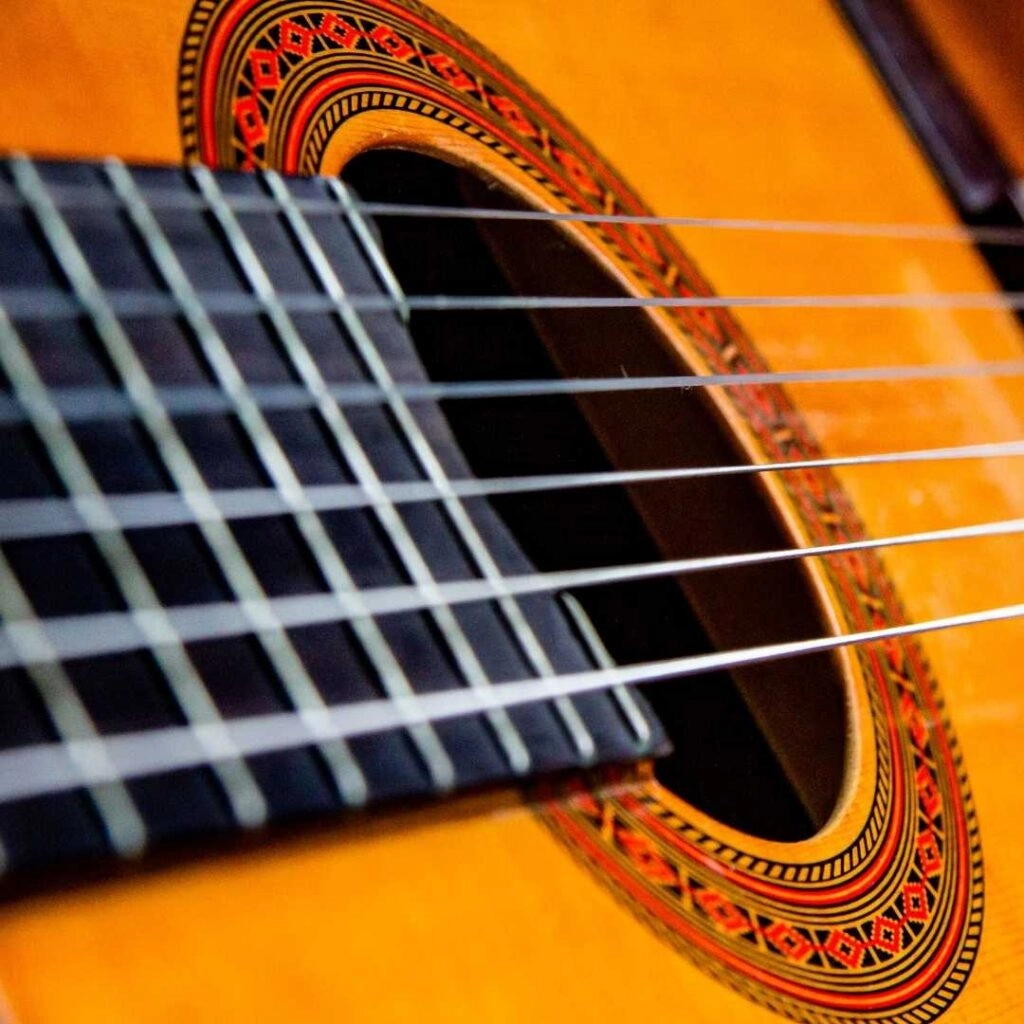
It’s no secret that bonded guitars look better than unbound ones. It helps uplift the shape of the guitar and its colors. The bindings come in various materials and colors.
It’s best to buy a guitar that already has binding; doing it yourself can be difficult and expensive if you hire someone to help you do it.
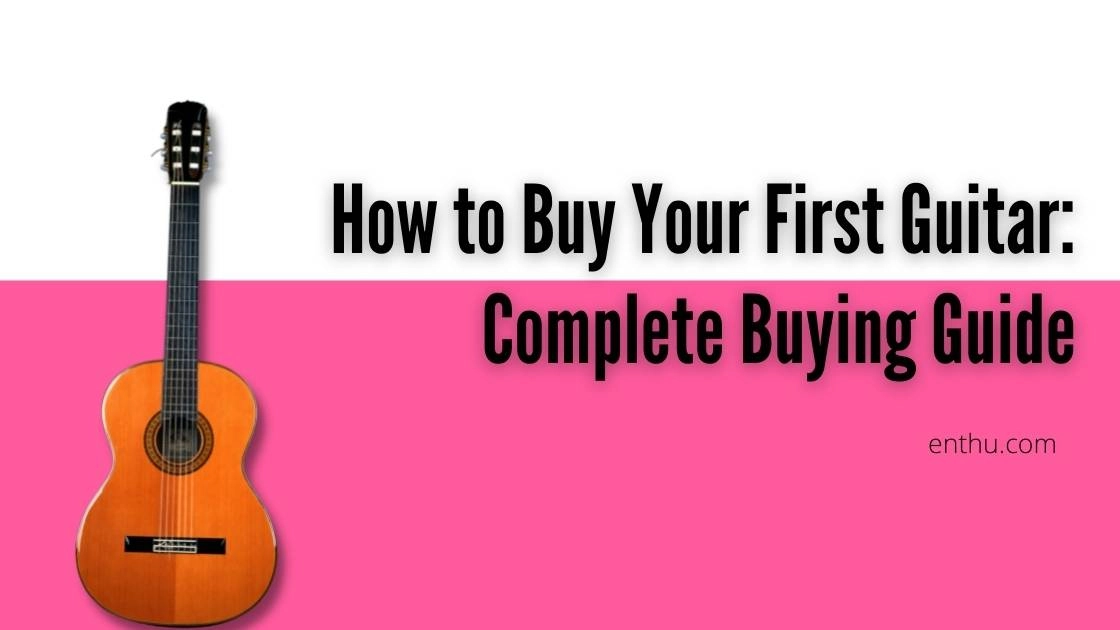
3. Smooth Neck
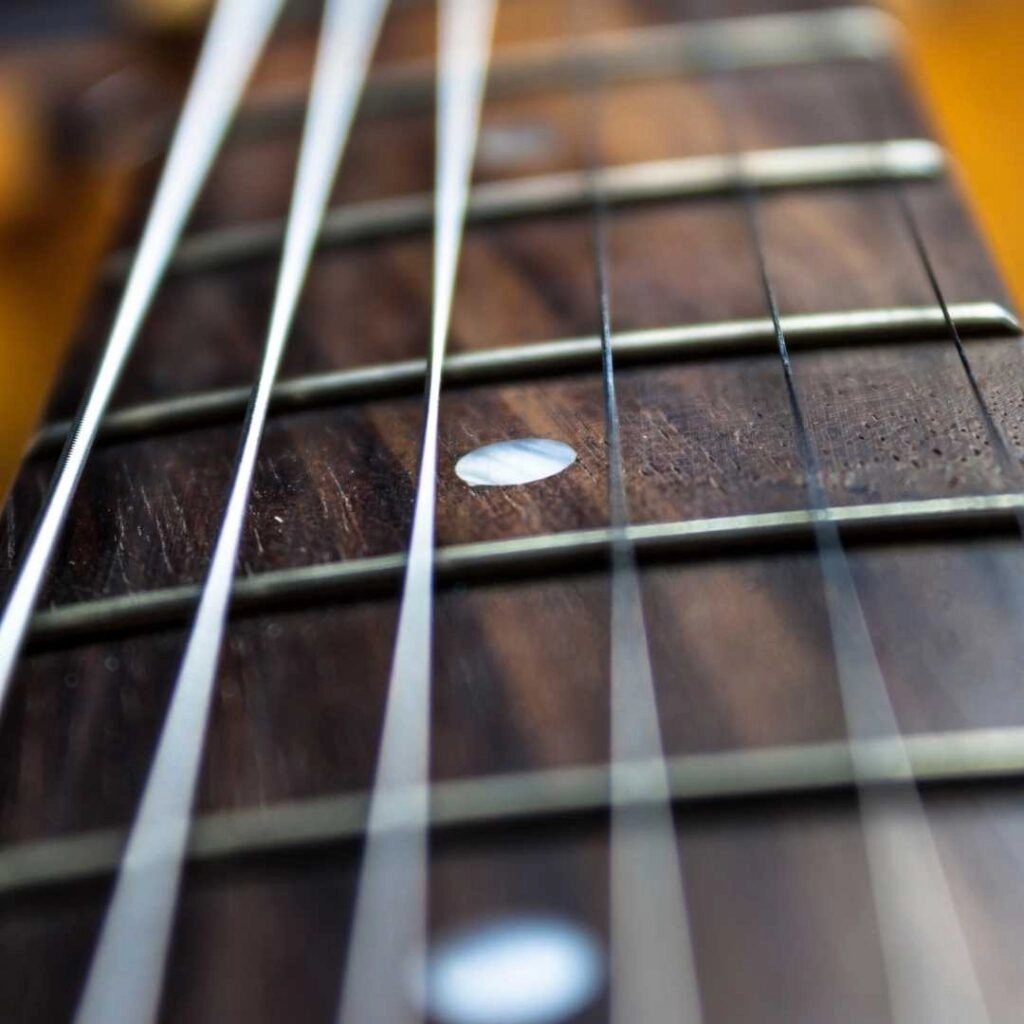
Guitar binding on the neck feels much smoother. It gives a premium feeling to a guitarist.
It feels better on your fretting hand to slide around playing chords. Yes, you can think of polishing the neck with products, but it won’t be as smooth as binding.

4. Cushions your Guitar
Impact Binding protects your guitar edges from scratches and bumps. It is better for cushioning because it is generally made from more robust material than the guitar body.
The edge of a guitar is usually more vulnerable when damaging. Binding that covers the guitar body, neck, and headstock will better protect the guitar.
5. Seals your Guitar
Bindings seal your guitar, which is great to keep out moisture from seeping in and also splitting in old age. Most popular acoustic guitars are made with rosewood, maple, ebony, or mahogany, which are pretty expensive.
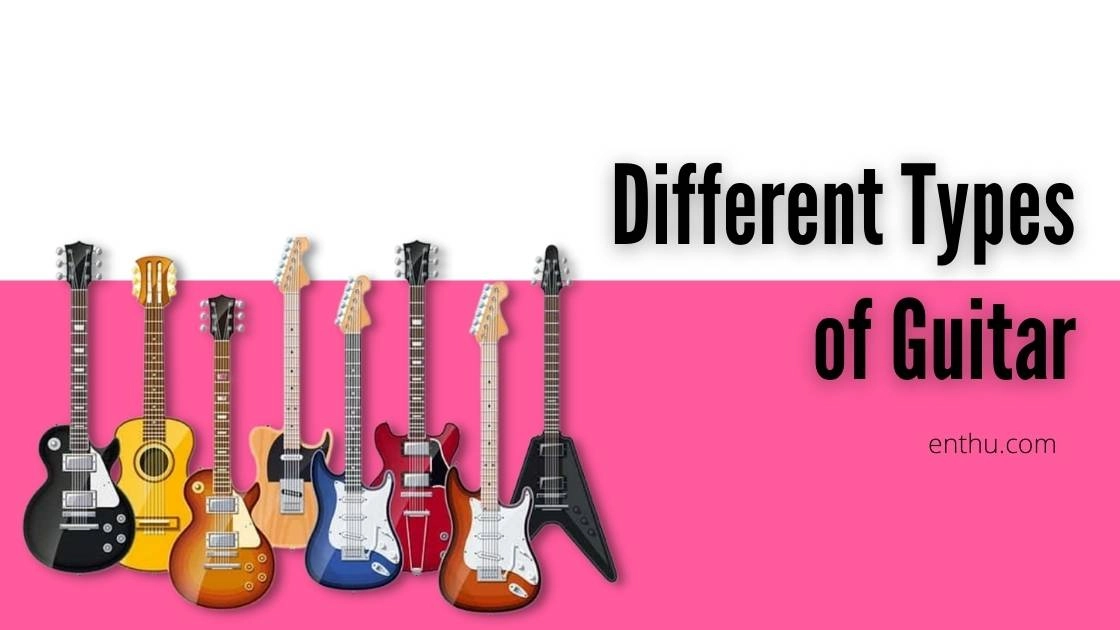
If moisture seeps into your guitar, you could be looking at a disaster waiting to happen. It will destroy the wood on your guitar, turning some parts brittle and yellow.
Also, a typical acoustic guitar has a big curve at the end of the guitar body. If you don’t care for your guitar correctly, the top and back can split in this area with a big curve.
Materials Used For Binding
Bindings are mostly made of plastic, fiber, hardwood, or celluloid. They vary in strength and looks. Personally, I think the wood binding looks sleek and regal compared to the others.
They make the guitar look more pristine. However, they are weaker and prone to scratches. You can bet on the plastic binding if you need something funkier, with colors and patterns. They are the cheapest and most popular among beginners.
1. Does Binding Impact Tone
Binding does not impact the tone in any significant way. In theory, areas near binding will not vibrate as much. This means the bonded guitar will be louder than the unbounded one.
The change in vibration is too small to even register. Most beginners won’t notice any difference in volume and tone between bound and unbound guitars.



Conclusion
Binding is not that necessary for your guitar if you are just starting out. It is not something that will heavily influence your playing style, either. But all things considered, binding can be perfect for the instrument's aesthetics and life.
So if you’re thinking of getting a new guitar, get one that already has a binding because doing it later is a hassle. Keep playing and be legendary.
FAQs
1. Should all guitars have binding?
No, only acoustic guitars should have binding. Solid-body electric guitars like Gibson’s Les Paul or Fender Stratocaster or any bass guitars do not need binding. It serves no purpose other than decorative on a solid body guitar.
2. What areas of your guitar should you bind?
The areas that you should be binding should be the edges of a guitar, around the soundhole, and the fretboard. It is used as reinforcement for Guitars.
3. What’s the difference between binding and purfling?
Binding is ornamentally added to the edge of the guitar’s back and top, where they join the sides. On the other hand, purfling is ornamental inlay strips placed inside the binding around the edge of the top to the back of the guitar. In casual settings, people don’t actually distinguish between purfling and binding.


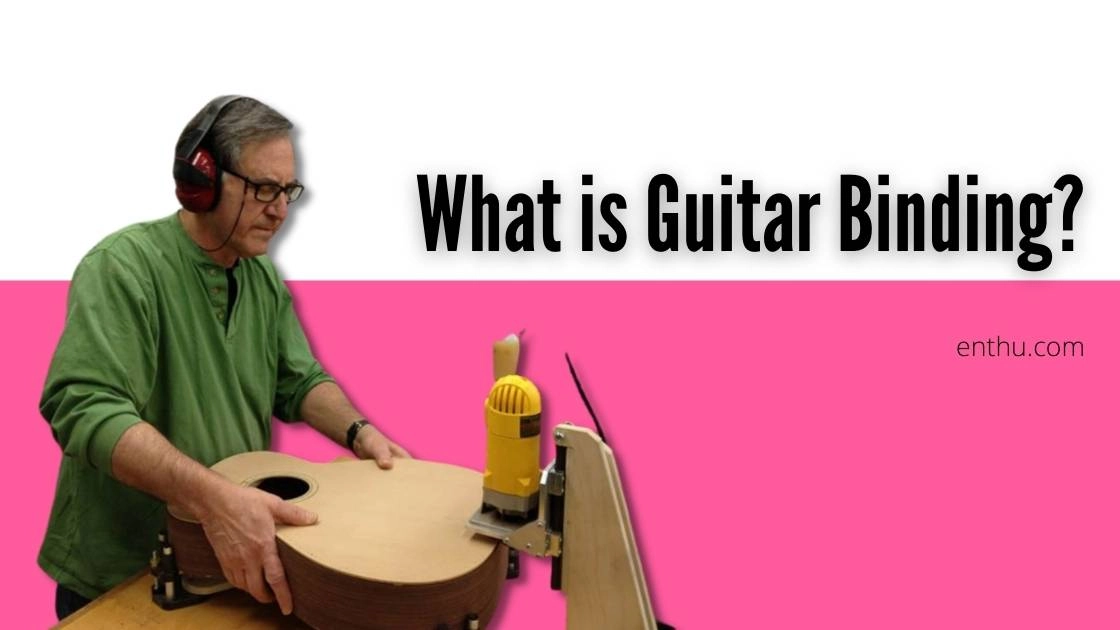



Comments